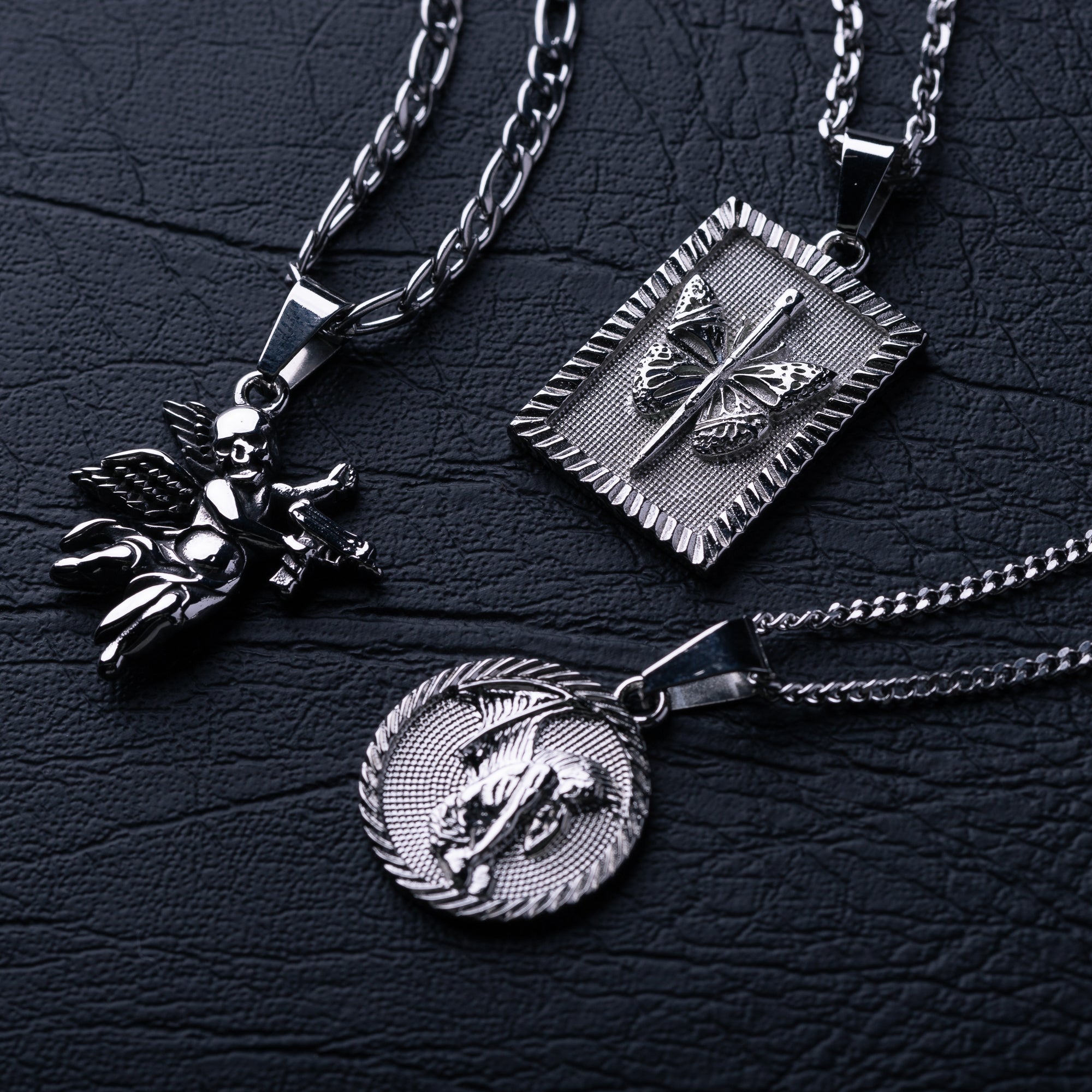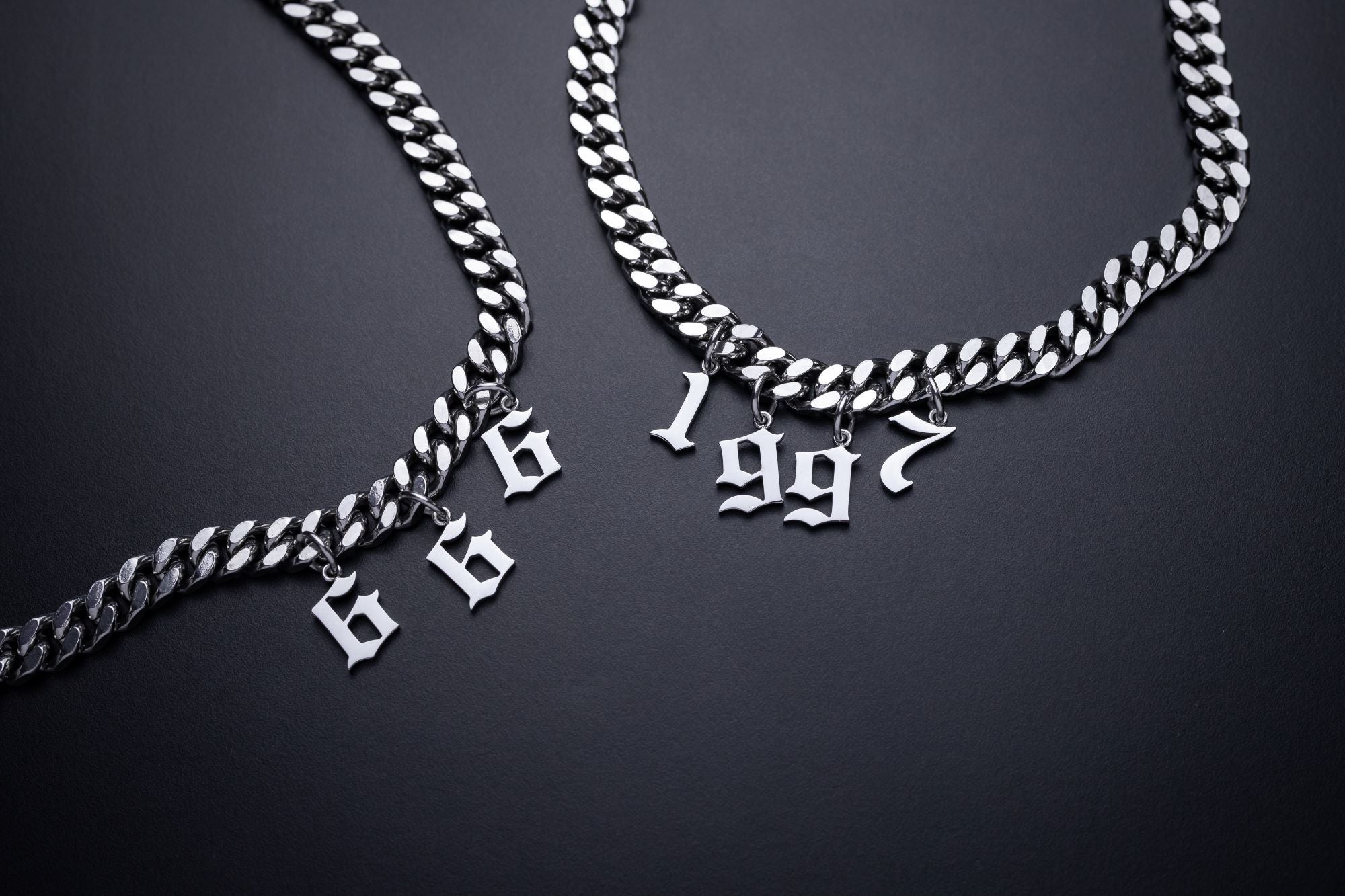How do you repair and fix a broken necklace chain using Soldering and other techniques?
I. Introduction to the Importance of Jewellery Maintenance
In today's society, jewellery is integral to how we present ourselves. Whether it's a pair of earrings, a bracelet, or a necklace, we wear these items to express ourselves and elevate our fashion sense. However, as much as we love our accessories, they commonly experience wear and tear over time. People typically face the problem of a broken chain necklace.
There's nothing worse than realizing that your favorite necklace has broken and you're unsure how to fix it. Fortunately, with some knowledge and practice, it's possible to restore it and put it back together as if it never broke in the first place. Learning to fix broken pieces is vital to save money on repairs and ensure that these last long.
Proper maintenance is essential to preserving its beauty and extending its lifespan. Therefore, learning how to maintain and restore your jewellery is crucial to avoid replacing it frequently.

II. Assessment and Tools Required to Fix a Broken Necklace Chain
If you're dealing with a damaged necklace chain, you'll need special tools to restore it. You can take some simple steps at home or take it to a store for professional repair.
The first step is to determine the damage. Is it a complete break, or is it just a loosened link? Next, examine the type of metal and the shape of the links. If it's a gold or silver chain, it will require different tools than a beaded or leather chain. Once you've determined the damage, use a pair of sharp fingernail clippers or a tweezer to straighten the links.
A plier is the right tool if the links need to be re-shaped. Ensure you apply enough pressure to close the link, but not too much that it breaks. If you need clarification on the restoration, take it to a jeweler for professional help. Assessing the damage and using the right tools are essential to repairing a damaged necklace chain.

III. Techniques to Fix a Chain
A. Soldering: Explanation of What It Is and How to Do It
Soldering is a process used in jewellery-making to fix chain links. Different types include rope, wheat, and snake chains.
A soldering repair work can provide a secure fix when a chain link breaks. To solder a chain, you must use a metal alloy with a low melting point, such as silver solder, and a soldering iron or torch. Before beginning the soldering process, ensuring the chain is clean, dry, and free of dirt or debris is vital. In addition, the chain links can be pretty complex, and tiny pliers can help secure the ties. Soldering is a delicate process, but it can be easy to accomplish with the right tools and techniques.
The metal alloy used in Soldering is resilient due to its low melting point and will create a strong bond between the broken links. As a result, you can restore a piece to its original beauty and functionality with proper soldering techniques.
B. Wire Wrapping: A Step-by-Step Guide
Wire wrapping is specifically helpful in restoring jewellery like necklaces with broken chains. With a step-by-step guide, anyone can learn this skill. The first step is to gather all the necessary supplies, including wire cutters, pliers, and wires.
The next step is to measure the chain and cut an appropriate length of wire or cable. Then, the wire is looped through the end of the chain and twisted tightly. Repeat the process until the chain is secure. Tightly pinching the wire is beneficial if you need extra reinforcement.
When wrapping a wire, the most important thing to remember is to be patient and careful to avoid any unintended damage or unravelling. Following these simple steps, anyone can fix their jewellery and avoid buying new pieces. Plus, knowing you have the skills to fix things yourself feels great.
C. Glueing: When It Is Appropriate and How to Do It
Glueing is a quick and easy solution for small restorations that don't require much strength. For example, glueing can reconnect the links without using tools if a chain has broken. Many people use glue for DIY projects or when repairing a broken neckpiece. It's essential to clean the surfaces to apply the glue evenly. A magnifying lens can be helpful for precise application. After using the glue, let it dry entirely before tugging on the affected area. Although glueing can fix minor issues, it is not feasible for repairs requiring more strength, as the bond may not hold up. In these cases, a stronger adhesive or other repair methods at home may be necessary.
D. Clasp Replacement: When It's Necessary and How to Do It
A broken clasp on a necklace can be frustrating, and many people may wonder what to do when it happens. In some cases, a repair may be possible, but at other times, it may be necessary to replace the clasp entirely. If it breaks, replacing it with a new one is usually best.
The most common type used on necklaces is a lobster clasp, readily available at most crafting stores or jewellery supply shops. To replace it, you'll need to remove the old one and attach the new one using forceps.
However, replacing your clasp may take more work, depending on the complexity of the links in your necklace. In these cases, taking your chain to a professional may be best. Nevertheless, restoring your broken clasp is essential to keep your necklace wearable and prevent it from breaking further.

IV. Tips on How to Avoid a Broken Chain Necklace in the Future
A broken necklace can be frustrating for any person who loves wearing accessories. Properly caring for it is essential to avoid this disappointment. Choosing the correct type of chain is another important factor in preventing breakage. Thin chains are more delicate and prone to breaking, while chunky chains are sturdier. Choosing between a pendant or a ring can also impact the chain's resistance to wear and tear. Storing your necklace can also play a vital role in preventing breakage.
Make sure to avoid tangles and keep it away from any sharp objects or surfaces that could scratch it. However, if your necklace does break and the damage is minute, you can learn how to fix it and try to repair it yourself. It's best to consult a professional who can repair or replace the chain in severe cases. Remember, prevention is the best cure. With the proper care and choice of jewellery, you might not need irreparable repairs.
Finally, personal preference plays a significant role in choosing the right chain necklace for you. Make the right choice, and you will enjoy it for years.

V. Conclusion: It is Essential to Know How to Repair If a Necklace Breaks
In conclusion, restoring a damaged necklace is crucial for any fashion-forward person. While it is easy to say that we should take care of our jewellery, accidents can still happen, causing a chain to break. Rather than throwing away a cherished accessory, knowing how to fix it is crucial.
Not only will this save money, but it will also preserve a sentimental piece for years to come. Seeking professional help can be beneficial if it is complicated or requires special tools. However, learning a few basic techniques can empower people to fix their necklaces without hesitation. By encouraging readers to take care of their jewellery and seek professional help if necessary, they can avoid the disappointment of losing a beloved neckpiece.
In conclusion, knowing how to fix your necklace can ensure it remains a valuable accessory in your collection.

Frequently Asked Questions
Is a Necklace Fixable That Has Broken into Half?
Yes, a necklace that has broken into half is fixable. The broken parts are repairable using suitable measures. However, it is essential to remember that the restoration process will depend on the material of the necklace and the type of break.
Is Glueing a Damaged Necklace Back Together a Durable Option?
Glueing a damaged necklace back together may not be a durable option. The adhesive can weaken over time and is susceptible to breaking again with regular use or movements.
How Much Is It Required to Fix a Broken Chain?
The cost of fixing a chain varies depending on the chain type and where you take it for restoration. A basic repair can cost anywhere from $10 to $30. However, if the chain is severely damaged, it may require a replacement chain, costing upwards of $50 or more.
Is It Easy to Fix a Thin and Small Necklace?
Fixing a thin and small necklace can be challenging, as the delicate material requires a gentle touch. Depending on the type of damage, such as a broken clasp or a snapped chain, a professional jeweller repairs the necklace properly.
Can I Use More Than One Clasp on a Damaged Necklace to Fix It?
Yes, you can use more than one clasp on a damaged necklace to fix it. Adding more than one clasp can distribute the weight more evenly, making it less likely to break in the future. But first, ensure that the added clasps match the original ones and are securely attached.



